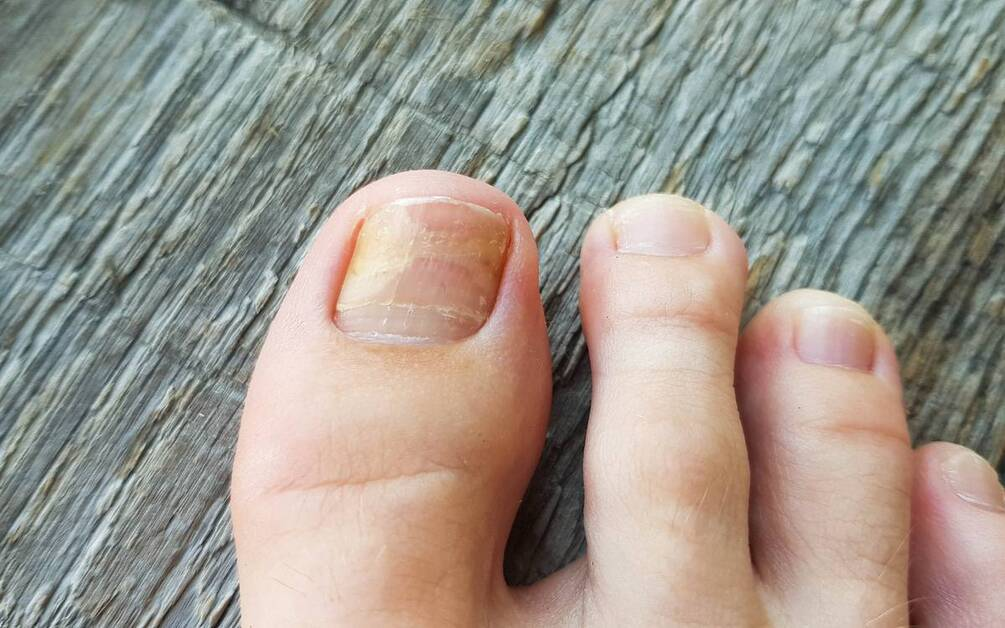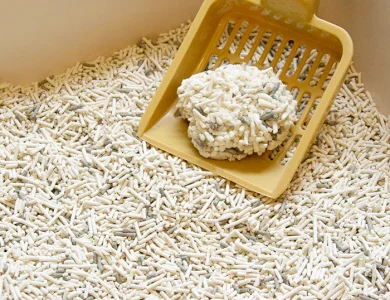Toe infections can be a painful and inconvenient problem, but with the right care and attention, they are manageable and often heal without complications. Whether caused by an ingrown toenail, fungal infection, or bacterial invasion, toe infections require timely intervention to avoid worsening. Understanding how to heal a toe infection properly will not only relieve discomfort but also speed up the recovery process. In this article, we’ll discuss the best practices for treating a toe infection and ensuring a smooth recovery.
Recognizing a Toe Infection
The first step in healing a toe infection is recognizing the symptoms. While toe infections can manifest in different ways depending on their cause, common signs include:
- Redness: The infected area will often appear red or inflamed.
- Swelling: The toe may swell as a response to the infection.
- Pain: Infected toes are typically tender or painful to the touch, and pain may worsen over time.
- Pus or drainage: In more severe cases, pus may be present, indicating a bacterial infection.
- Warmth: The area around the infection might feel warmer than the rest of the foot.
Common Causes of Toe Infections
Before diving into treatment options, it’s important to identify the cause of your infection. Some of the most common causes of toe infections include:
- Ingrown toenails: When a toenail grows into the surrounding skin, it can lead to infection.
- Fungal infections: Athlete’s foot and other fungal conditions can cause infections that affect the toenails and skin.
- Bacterial infections: Cuts, scrapes, or trauma to the toe can introduce bacteria, leading to infection.
- Paronychia: This bacterial or fungal infection occurs around the nail bed, often caused by nail-biting, ingrown nails, or trauma.
Once you’ve identified the cause, you can tailor your treatment approach to the specific infection.
Best Practices for Healing a Toe Infection
Here are the top practices to follow when treating a toe infection. These methods are safe and effective for most types of infections.
1. Keep the Area Clean
Cleanliness is key when managing a toe infection. Regularly washing your feet and the infected toe with mild soap and water will help prevent the spread of bacteria or fungus. Dry your feet thoroughly, paying special attention to the infected area, as moisture can encourage further growth of bacteria or fungus.
2. Soak the Toe
One of the best home remedies for a toe infection is soaking the affected toe in warm water mixed with Epsom salts. This solution can help reduce swelling, relieve pain, and promote drainage of any pus or fluids. Soak your foot for about 15-20 minutes, two to three times a day. This not only cleans the area but also encourages faster healing by improving circulation to the toe.
3. Apply Antibiotic or Antifungal Creams
Depending on whether your infection is bacterial or fungal, over-the-counter (OTC) creams or ointments can be helpful. For bacterial infections, an antibiotic ointment such as Neosporin can prevent the spread of bacteria and promote healing. If your infection is fungal, like athlete’s foot, an antifungal cream containing clotrimazole or miconazole can address the root cause.
Before applying any ointment, ensure the area is clean and dry. Follow the instructions on the package, and reapply as directed.
4. Keep the Toe Covered
To protect the infected toe and prevent further irritation, it’s a good idea to cover it with a sterile bandage. This will shield the toe from dirt and bacteria, reducing the risk of the infection worsening. Change the bandage daily, or more frequently if it becomes wet or dirty.
5. Wear Proper Footwear
Wearing appropriate footwear can make a significant difference in your recovery. Avoid tight or ill-fitting shoes that could put pressure on the infected area and slow down the healing process. Instead, opt for comfortable shoes with a roomy toe box that allows your toes to breathe. In some cases, open-toed shoes or sandals may be better suited to minimize irritation.
6. Take Over-the-Counter Pain Relievers
If your toe infection is causing pain and swelling, OTC pain relievers like ibuprofen or acetaminophen can help reduce discomfort and inflammation. These medications not only relieve pain but can also ease any associated swelling, which in turn helps with the healing process.
7. Elevate Your Foot
For infections that cause significant swelling, elevating your foot above heart level can help reduce the inflammation. Elevation promotes blood circulation and can alleviate pressure on the infected toe, speeding up recovery. Try resting with your foot elevated for 15-30 minutes several times a day.
8. Avoid Picking or Squeezing the Infection
As tempting as it may be to pop or drain pus from an infected area, this can introduce more bacteria and exacerbate the problem. Instead, let the infection drain naturally or seek medical advice if the pus buildup is significant. Attempting to drain an infection yourself can lead to complications or spread the infection deeper into the skin.
When to Seek Medical Attention
While most toe infections can be treated at home with proper care, there are situations where medical intervention may be necessary. You should consult a healthcare provider if:
- The infection doesn’t improve within a few days of at-home treatment.
- The pain and swelling worsen over time.
- You develop a fever, which may indicate the infection is spreading.
- Red streaks appear around the infection, a sign that the bacteria may have entered the bloodstream.
- Pus continues to drain or increases in volume.
In these cases, a doctor may prescribe oral antibiotics or antifungal medications to treat the infection more effectively. For severe infections, especially those caused by ingrown toenails, minor surgical procedures may be necessary to remove the ingrown portion of the nail.
Preventing Future Toe Infections
Once your toe infection heals, it’s important to take steps to prevent future issues. Here are some preventative measures:
- Keep your feet clean and dry: Wash your feet daily and dry them thoroughly, especially between the toes.
- Trim toenails properly: Cut your nails straight across and avoid rounding the edges, which can lead to ingrown toenails.
- Wear breathable shoes: Choose shoes made of breathable materials like leather or canvas to reduce moisture buildup.
- Avoid sharing personal items: Don’t share towels, socks, or shoes with others, as this can spread fungal infections.
Conclusion
Knowing how to heal a toe infection is essential for avoiding prolonged discomfort and complications. By following these best practices and seeking medical advice when necessary, you can ensure a swift and full recovery. With proper care, most toe infections resolve within a few days to a week, leaving you free from pain and able to return to your regular activities.




